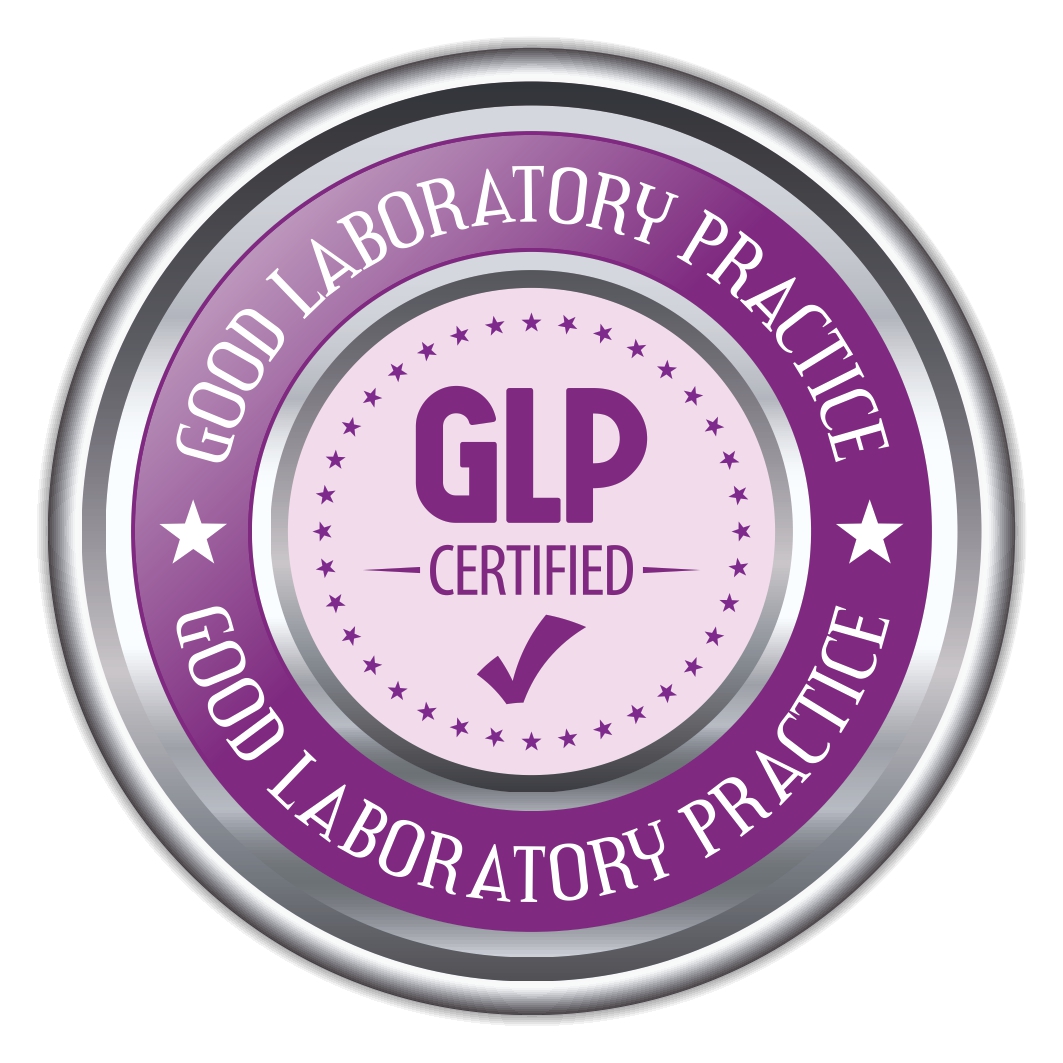Microbial Identification Service
CMDC Labs provides a diagnostic service for the comprehensive identification of bacteria and fungi. A range of traditional and next-generation microbial identification and specialized services can meet and exceed the expectations of different clients. We work with clients from a variety of industries, including healthcare, pharmaceutical, food, agriculture, cosmetics, medical device, oil and gas, etc.
Microbial contamination of products, such as medical devices and equipment, pharmaceuticals, food and personal care products, can occur during manufacturing and production. The poor quality of products resulting from microbial contamination can have a significant and devastating economic impact on companies. The precise identification of microorganisms at various stages in product production is imperative.
Microbiome Identification
Microbiome profiling refers generally to the identification and differentiation of bacteria, yeasts or molds in a sample based on an analysis of microorganism characteristics. The utilization of existing taxonomic classification systems and/or verified sequence libraries assists in the identification of the microbe’s genus and/or species of interest. Based on the level of microbial characterization required by individual clients, the necessary analysis is also different.
CMDC Labs has multiple validated technology platforms that enable various levels of microbial identification. Based on the sample type, microbial community and the bioinformation information required, customers can select the services best suited to their needs.
Traditional Microbial Identification Technology Platforms
CMDC Labs provides a variety of traditional microbial analysis techniques for the identification of bacteria and fungi. Traditional microbial identification techniques mostly utilize expression of phenotype or characteristics such as serological attributes, biochemical and cell morphology and growth requirements to identify and quantify contaminating microorganisms.
Next Generation Identification Technology Platforms
Customers can also choose microbiological profiling that incorporates genomic analysis to provide genus and species assignments and quantitative estimates, depending on the complexity and diversity of bacteria present in the sample. Analysis down to only the family or genus level may occur with more complex samples and less diverse bacteria.
16S/ITS/18S Gene Sequencing
16S rRNA gene sequencing is a powerful, accurate and rapid strategy for bacterial, fungal or viral analysis. CMDC Labs’ technical experts will analyze the 16S rRNA gene sequence isolated from microorganism samples. Taxonomical identification, analyzing the bacteria down to the genus and species level (depending on sample complexity and bacteria diversity) and quantitative estimates are provided following identification with our verified gene sequencing library. 16S rRNA gene sequencing analysis is a quick, reliable and cost-effective method for identifying bacteria or populations of bacteria.
16S/ITS/18S Gene Sequencing Service
CMDC Labs has established a 16S/ITS/18S Superior Sequencing Technology (SST) platform, which has provided support and assistance in microorganism identification and microbial analysis from a number of different starting samples including water, soil, food, pro and prebiotics (e.g., fermentation analysis, feed research, etc.), medical device contamination, personal care products, diagnostic (e.g., pathogenic microorganism detection and research), etc. Our lab has an experienced sequencing technology team and many outstanding bioinformatics experts; they can provide customers with efficient and reliable 16S/18S/ITS sequencing services.
The 16S rRNA gene contains approximately 1550 base pairs that encode the small ribosomal subunit rRNA of bacteria and consists of conserved and variable regions which are used for microbial identification. By amplifying and sequencing variable regions of the 16S gene, bacteria of different populations in a sample (e.g., genera and species) can be illuminated and identified. 16S rRNA analysis is commonly used in microbiology to produce taxonomical assignments and estimate the copiousness of microorganisms in microbial communities. This is a technology commonly used for bacterial identification and profiling, which can rapidly and accurately classify and identify one or more species or genera of bacteria in a single sample. In addition to identifying microbial contamination in medical device, agricultural, pharmaceutical, food or personal care products, the 16S gene sequencing method can be used to analyze human flora, including the gut flora, oral flora, vagina flora, etc., in addition to complex microbial communities that exist in soil and water samples.
The ITS region of the rRNA is a common marker used for target amplification and sequencing of fungal populations. There are two ITS regions in eukaryotes. ITS1 is located between the 18S and 5.8S rRNA genes and ITS2 is located between the 5.8S and 28S rRNA genes. The size of ITS is smaller than that of the 18S rRNA gene and it is easy to analyze. Sequencing of ITS1 or ITS2 can identify and distinguish strains with comparatively close relationships and can also be used to analyze the diversity of fungi in microbial communities.
The 18S rRNA gene contains about 1800 base pairs that code the small ribosomal subunit rRNA of eukaryotes and consists of preserved and variable regions which are used for identifying fungal species. By amplifying and sequencing variable regions of the 18S gene, fungi of different populations in a sample (e.g., species and genera) can be distinguished and identified.
ITS and 18S sequencing are technologies commonly used for fungal identification and profiling, which can accurately and rapidly classify and identify one or more species or genera of fungi in a single sample. In addition to identifying microbial contamination in medical devices, agricultural, pharmaceutical, food or personal care products, ITS and 18S gene sequencing methods can be used to analyze mycobiomes including the human gut mycobiome, soil mycobiomes, water mycobiomes, vaginal and skin mycobiomes, oral mycobiomes, etc.
Advantages of 16S/ITS/18S Sequencing Technology for Microbial Identification and Microbiome/Mycobiome Analysis
- Enables microorganism population identification, microorganism community diversity analysis and composition analysis (down to the genus or species level depending on sample complexity and bacteria diversity)
- Faster identification, higher sensitivity, specificity and accuracy when compared to traditional identification methods
- Flexible targeting of one or more variable regions for greater taxa identification
- Automated analysis process and low sample demand
- Cost-effective technique for identifying microorganism populations that may not be identified using traditional identification techniques
- Provides a culture-free method for analyzing an entire community of bacteria within a single sample



